Do your measurement lessons look like a circus act, with centimeter cubes flying everywhere? Are you looking for tips on how to teach measurement? Fear not, teacher friends! Teaching measurement to young learners can be easy. From using everyday objects such as classroom supplies and paper clips, there are plenty of creative ways to make this essential math skill stick. So, grab your centimeter cubes and other nonstandard units, because we're about to embark on a journey to make measurement lessons stress free!
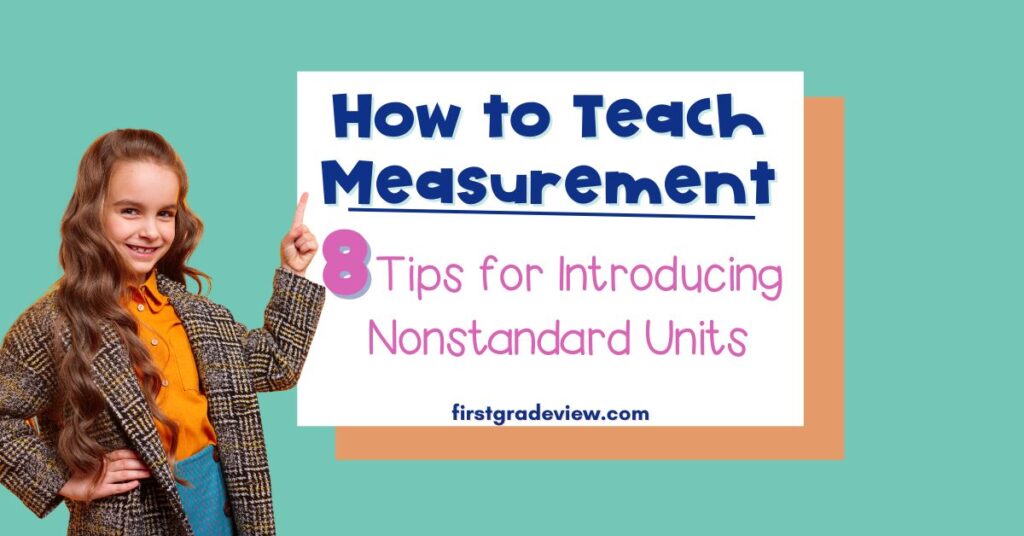
8 Tips for How to Teach Measurement
1. Use Non-Standard Units of Measurement
First graders may not be ready to understand standard units of measurement like inches, feet, and yards. Instead, start with non-standard units of measurement like blocks, paper clips, or even their own hands and feet. This can help them understand the concepts before moving on to standard units.
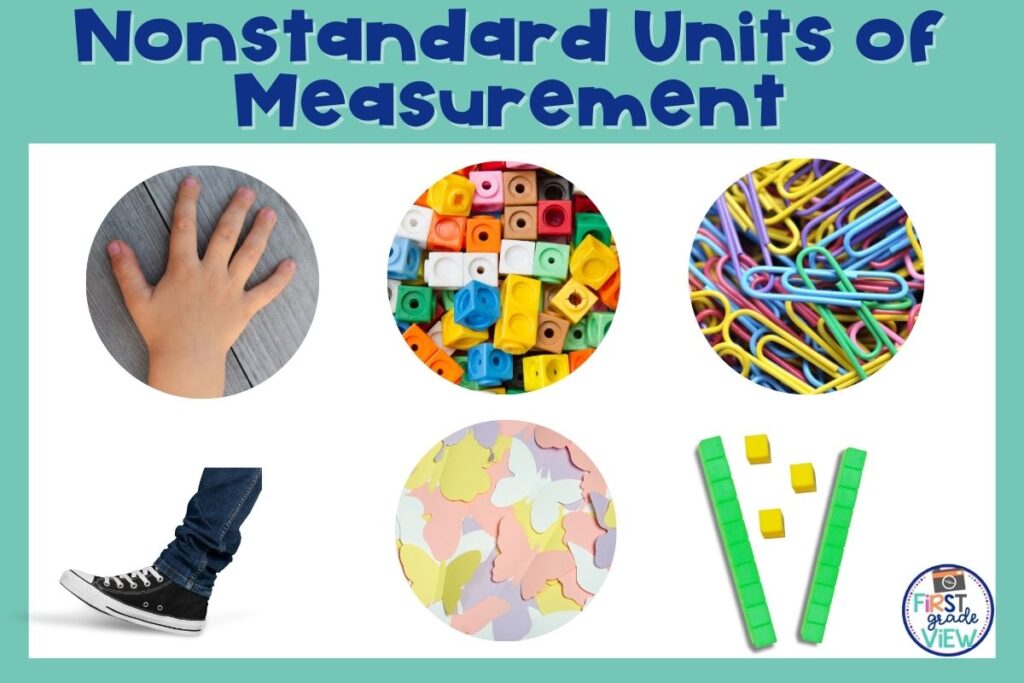
2. Organize your supplies
Since you will be using nonstandard units to measure, make sure you have them organized in advance. You don’t want to spend those important instructional minutes gathering and doling out supplies. Instead, have those centimeter cubes and paper clips already prepped and organized so students can easily access them. Trust me, you will be so thankful when you have all those items prepped and ready to go ahead of time. Don’t forget to have a system for how you want to collect the supplies as well, especially if they will be used over several days.

3. Start with Hands-On Activities
First graders learn best when they can see, touch, and manipulate objects. The best way to learn how to measure is by actually measuring! Use real-life examples and hands-on activities to teach concepts like length, weight, and volume. Have students measure items around the classroom. When comparing length, have students grab supplies from their pencil box or items from around the room to order from longest to shortest or vice versa.
4. How to Teach Measurement: Use Visual Aids
Visual aids can help students understand measurement concepts better. Use pictures, anchor charts, and diagrams to illustrate concepts like length, weight, and volume. Keep the charts up during your measurement unit and refer to them often. You can also have a math word wall with all your measurement vocabulary words for students.
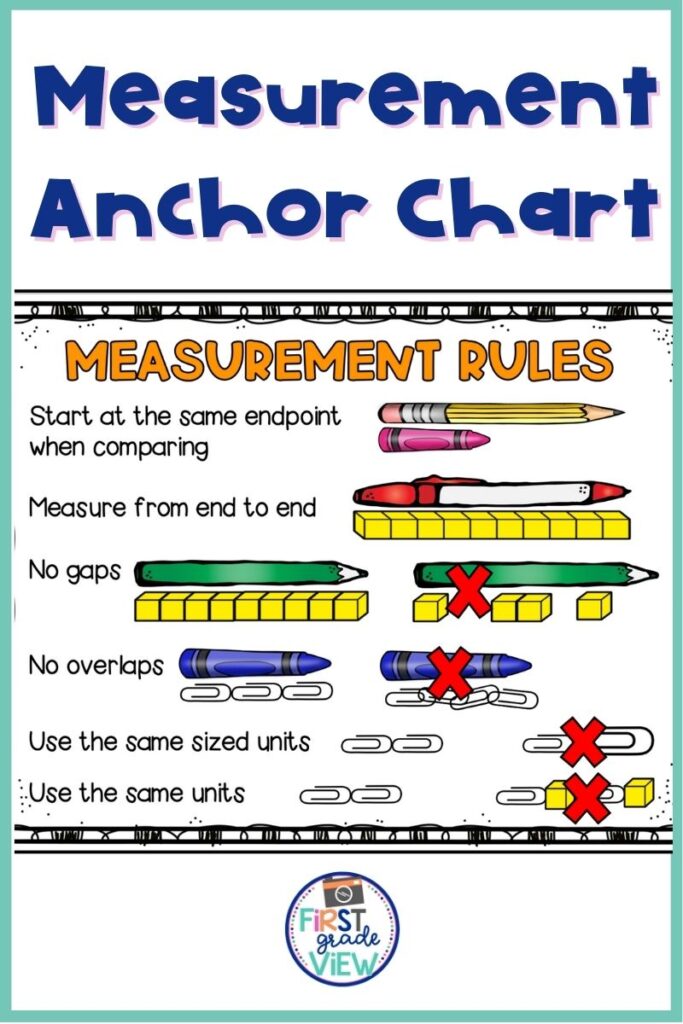
5. How to Teach Measurement: Know What Rules You Want to Teach
When teaching measurement, it is extremely helpful if you have a set of rules you want students to know. For example, you want students to know that when measuring, they should measure the object end to end. Think of how you can have them discover this rule when teaching your lessons. Have your students come up with the rules and add them to an anchor chart. One of the best ways to do this is through math talks.
6. Practice, Practice, Practice
Give students plenty of opportunities to practice measuring objects and using measurement tools. This can be done through games, worksheets, and hands-on activities. During your unit, you can have a “Measurement of the Day.” Pick an object in your classroom and have students estimate how long they think it is. For example, the board is 8 pencil boxes long. Then, your student helper can measure the object for the class. Another fun idea is to have Measurement Day at the end of your unit where students get to go around to different measurement stations to practice all the skills they have learned.
7. Use Math Read Alouds
Math picture books are great tools for teaching new concepts and reinforcing math ideas. Using measurement picture books are engaging for students and will help reinforce measurement rules. My two favorite books for how to teach measurement are Measuring Penny by Loreen Leedy and Twelve Snails to One Lizard: A Tale of Mischief and Measurement by Susan Hightower.
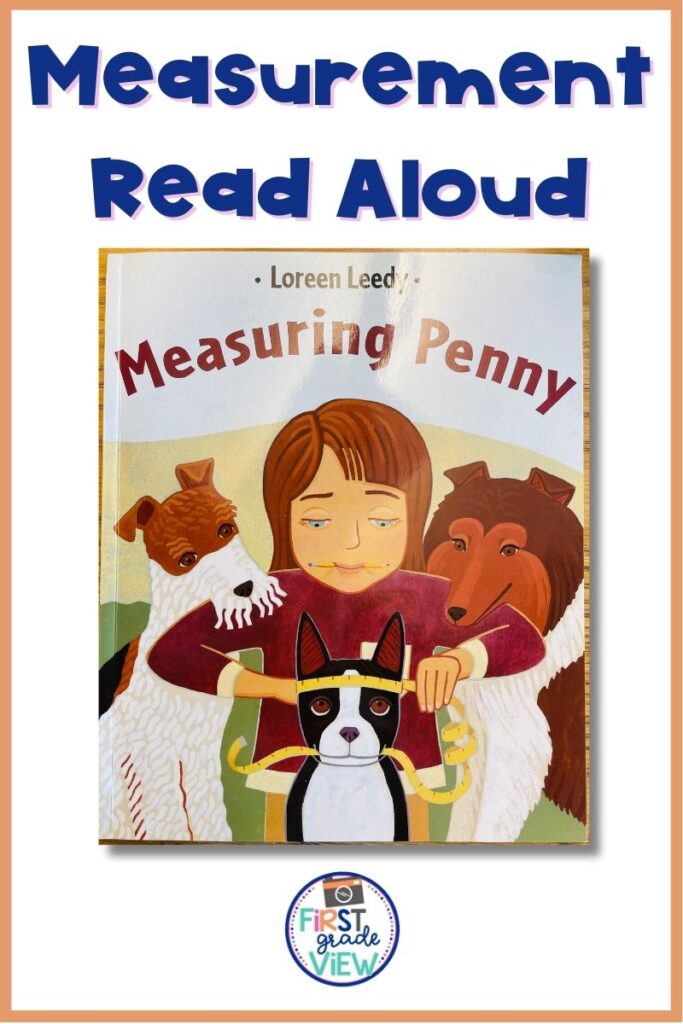
8. Integrate Measurement into Other Subjects
Measurement can be integrated into other subjects like science and social studies. For example, you can teach about length and distance while studying animals, or teach about weight while studying different materials. Since most measurement units are pretty short, integrating this skill throughout the year is a great way to spiral back so students remember those measurement rules.
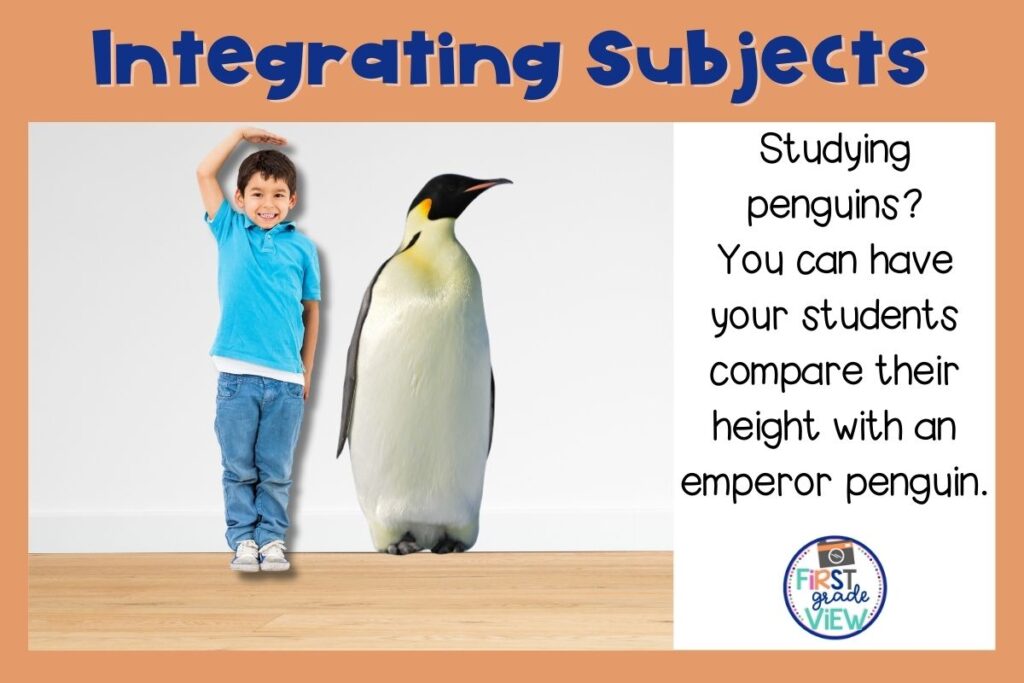
And there you have it, teacher friends! By embracing the world of nonstandard units, providing plenty of hands-on opportunities, and seamlessly integrating measurement into other subjects like science and art, you've unlocked the secret to making measurement magic happen in your first-grade classroom. With these strategies in your toolkit, you'll have your students measuring like pros in no time. These tips will make teaching measurement less stressful and more enjoyable for both you and your first-grade students. Tell me, what else would you add to this list? Comment below.
You May Also Like:
3 Easy Tips for Awesome Math Talks in the Primary Classroom
5 Powerful Math Instructional Strategies to Use With Your Students Today
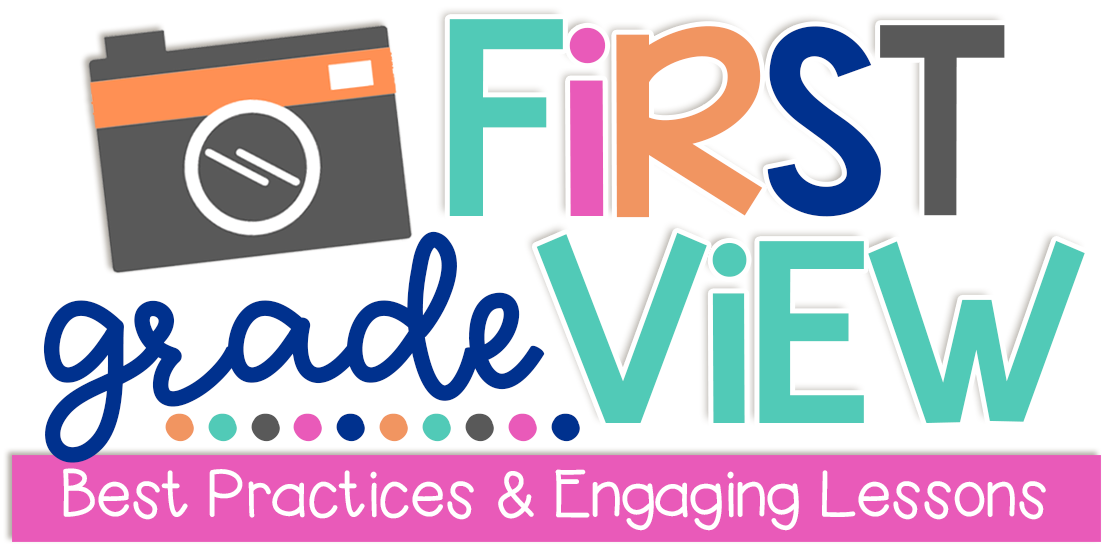

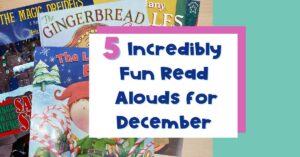

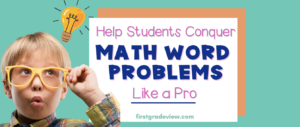
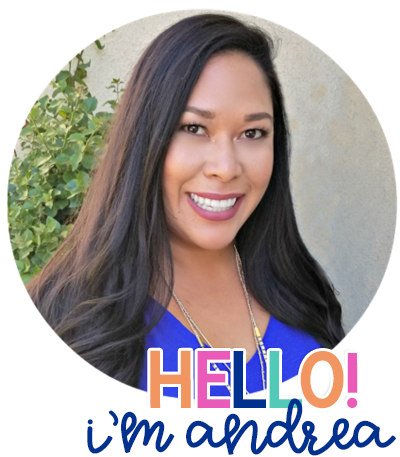

No Comments